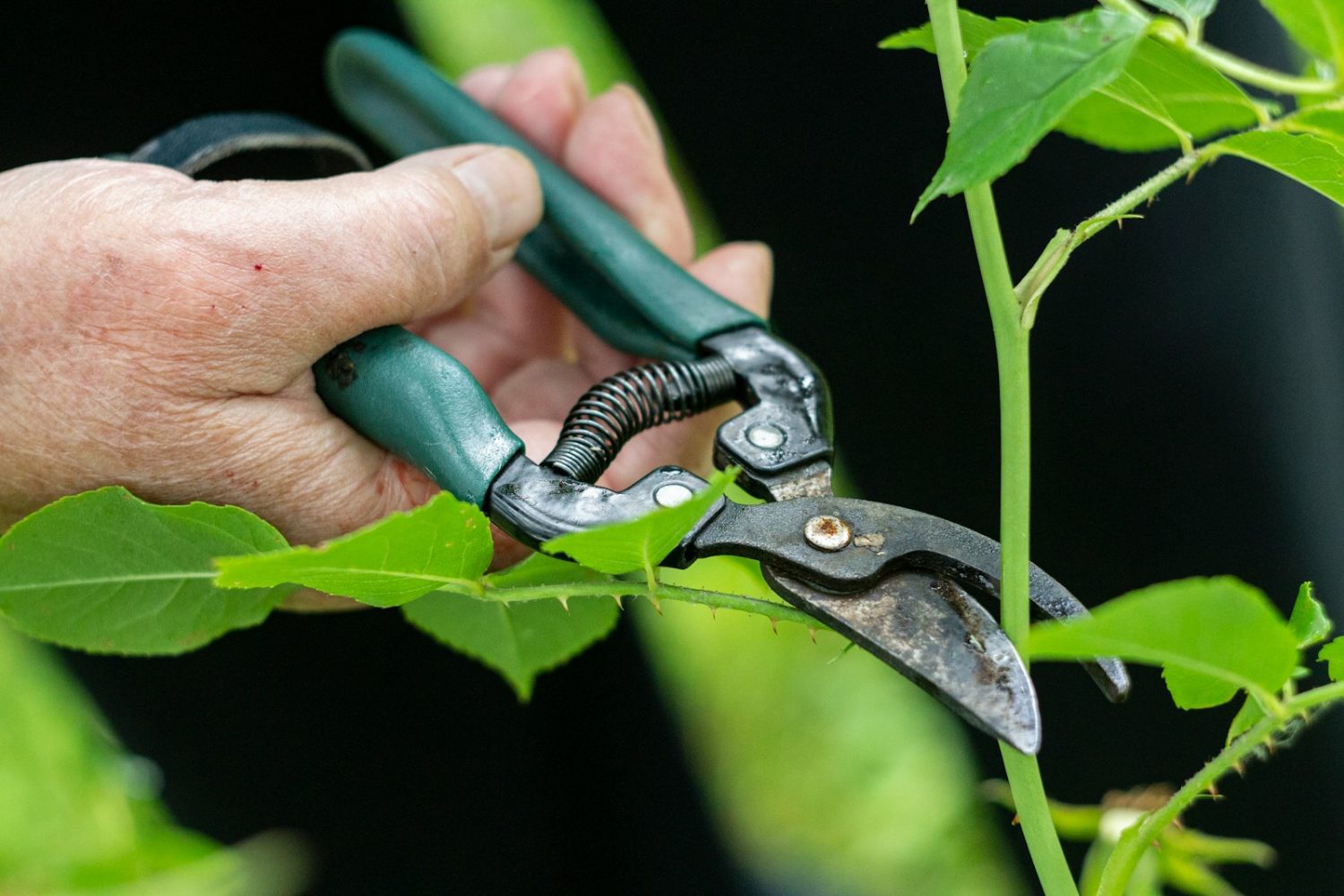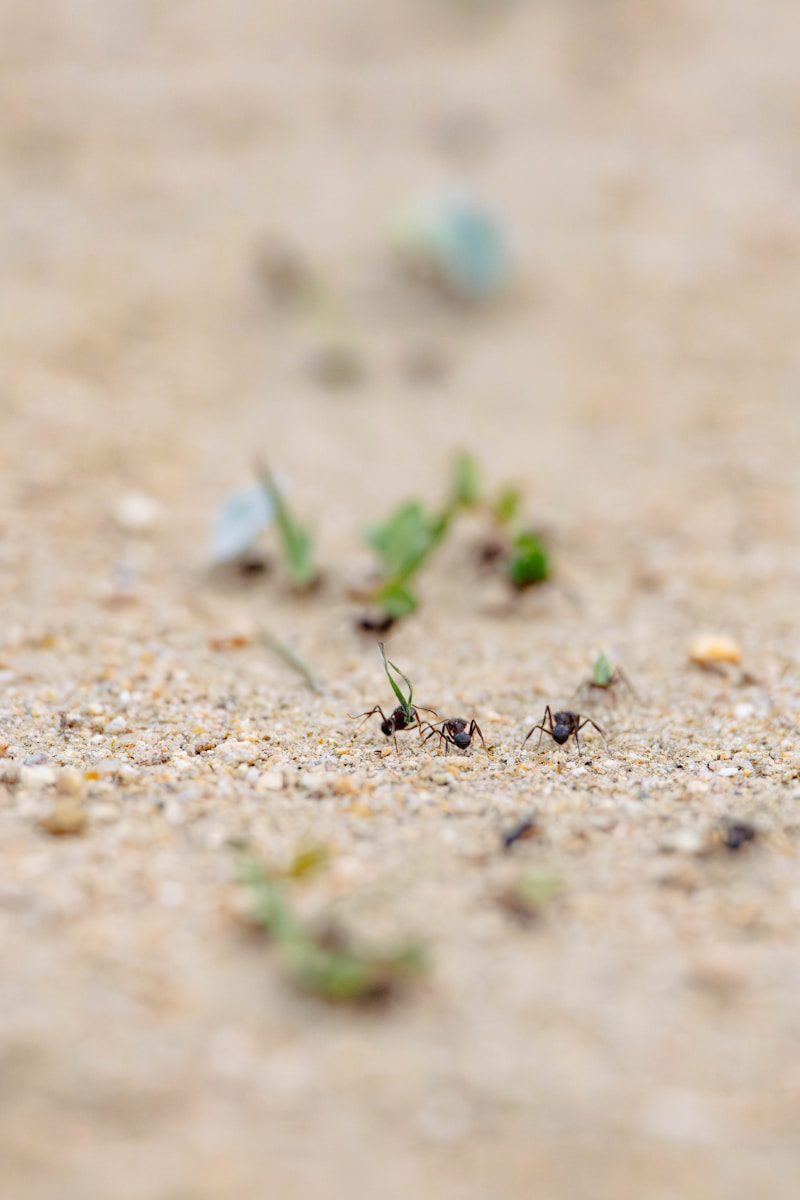
Designing a small garden is like painting on a tiny canvas. Every choice matters. Every inch has potential. When done well, a small garden can feel lush, inviting, and even larger than it is. The key is knowing how to combine space-saving layouts, bold focal points, and clever plant choices to create harmony. Here is how you can transform even the tiniest outdoor space into a vibrant retreat.
Think Big in a Small Space
The size of your garden does not limit its impact. In fact, small spaces invite creativity. A narrow courtyard, balcony, or compact backyard can still feel expansive when designed with intention. The trick is to make every detail count. Choose fewer elements, but make them bold. Use striking colors, unusual textures, or statement pieces to draw the eye and create a sense of abundance.
Create Zones for Different Uses
Even the smallest garden benefits from clear zones. A single bench tucked into a corner can feel like its own room. A cluster of pots can become a tiny herb kitchen. Defining zones gives structure and encourages you to use the entire space.
- Relaxation Zone: Add a bench, hammock chair, or low seating under a tree or pergola.
- Plant Showcase: Group favorite plants in one area for visual impact.
- Dining Nook: Place a bistro table or folding chairs where you can enjoy morning coffee.
The secret is to keep zones connected. Use paths, stepping stones, or even potted plants to guide movement between them.
Go Vertical to Multiply Space
When floor space is limited, look up. Vertical gardening adds life to walls, fences, and railings while freeing up ground space for walking or seating. Options include:
- Living Walls: Use modular planters or pockets filled with ferns, herbs, or succulents.
- Trellises and Arches: Train climbing roses, jasmine, or beans to create fragrant green curtains.
- Hanging Baskets: Layer trailing flowers like petunias or ivy above eye level.
Vertical layers draw the eye upward and give the illusion of height and depth.
Choose Scaled-Down Furniture
Oversized furniture can overwhelm a small garden. Look for compact, foldable, or multipurpose pieces. A bench with built-in storage, for example, saves space and keeps tools out of sight. Bistro sets, nesting tables, and lightweight chairs also work well. Keeping furniture low to the ground can make a space feel larger and more open.
Add a Bold Focal Point
A strong focal point grounds the design. It might be a large potted plant, a water feature, or a piece of garden art. In small spaces, one or two statement pieces are often enough. The key is placement—position focal points where they naturally draw the eye, such as at the end of a path or in the center of a seating area.
Play with Color and Texture
Color has a powerful effect on perception. Cool hues like blues and greens make spaces feel calm and spacious. Bright accents like yellow or red add energy and pull focus to certain areas.
Texture is just as important. Combine smooth leaves with feathery grasses, glossy pots with rough stone, or wooden decks with metal accents. Contrasting textures make even small gardens feel layered and rich.
Incorporate Mirrors and Reflective Surfaces
Mirrors are a secret weapon in small garden design. A well-placed mirror doubles the visual space and reflects light into shady corners. Other reflective elements, like shiny water bowls or glass lanterns, can also add sparkle and depth. Always position mirrors to reflect greenery rather than blank walls for the most natural effect.
Use Pathways to Guide Movement
Even a short path creates a sense of journey. Curved paths feel longer and more intriguing than straight ones. Materials like gravel, stepping stones, or wood slices add texture and charm. Pathways also help define zones and make small gardens feel organized rather than cluttered.
Embrace Container Gardening
Containers are flexible and space-saving. They let you grow flowers, herbs, and even small shrubs without permanent planting beds. Group containers of varying sizes for a lush, layered look. Use lightweight materials like fiberglass or resin for easy rearranging. Vertical stacks of pots or tiered plant stands maximize space further.
Grow Plants with Multiple Purposes
In a small garden, every plant should earn its spot. Choose varieties that offer more than one benefit—fragrance, beauty, and food, for example.
- Lavender: Fragrant, attracts pollinators, and dries well for sachets.
- Blueberries: Decorative flowers, tasty fruit, and stunning fall foliage.
- Rosemary: Evergreen structure plus culinary use.
Plants with long bloom times or year-round interest are especially valuable.
Add Subtle Lighting
Lighting transforms a garden after sunset. String lights overhead make spaces feel magical. Solar lanterns along paths add safety and glow. Spotlights aimed at trees or walls create dramatic shadows and highlight textures. In small gardens, even one or two light sources can create a warm, inviting atmosphere.
Use Water for Calm and Sound
Water features bring movement and soothing sound to small gardens. A tabletop fountain, wall-mounted spout, or tiny pond can turn an ordinary corner into a calming retreat. The gentle trickle of water also masks nearby traffic noise, adding to the sense of escape.
Keep It Simple and Uncluttered
Small gardens can quickly feel crowded. Edit often. Choose a few key plants or features and repeat them for harmony. Store tools and extras out of sight. Use neutral tones for large surfaces and introduce color in accents or flowers. A clean design helps every detail shine.
Experiment with Seasonal Interest
Plan for beauty in every season. Evergreens provide structure in winter. Spring bulbs add early cheer. Summer annuals bring bright color, and fall foliage offers warmth. Swapping container plants seasonally is an easy way to refresh the garden without major replanting.
Invite Wildlife
Even the tiniest garden can support pollinators and birds. Plant nectar-rich flowers for bees and butterflies. Include a shallow water dish for birds. Native plants often provide food and shelter naturally, while also being easier to maintain.
Make the Most of Every Corner
Unused corners can become highlights. Add a vertical planter, a cozy chair, or a single dramatic plant. Corners also work well for storage, compost bins, or small sheds when screened with trellises or tall grasses.
Blend Indoors and Outdoors
When the garden connects visually to indoor living areas, the whole space feels bigger. Use similar materials or colors for continuity. Position seating near doors or windows to extend your living space outside. Sliding glass doors or wide windowsills create seamless transitions.
Layer Heights for Depth
Arrange plants in layers: tall at the back, medium in the middle, and short in front. This mimics natural growth patterns and adds depth. Combine upright plants with trailing ones to soften edges and create flow. Layering works especially well in containers and narrow beds.
Celebrate Personal Style
Small gardens are perfect for personal expression. Use art, handmade planters, or meaningful objects to make the space feel yours. Whether your style is modern, rustic, or whimsical, lean into it. Consistency creates harmony and helps the garden feel cohesive.
Quiet Corners of Beauty
Designing a small garden is an exercise in focus. Instead of filling every inch, you choose what matters most. A bold plant. A cozy seat. A path that leads you somewhere unexpected. In doing so, you create a space that feels complete and deeply personal—no matter its size.
When every detail works together, a small garden does more than look pretty. It becomes a retreat, a place to slow down, and a reminder that beauty thrives even in the smallest spaces.










